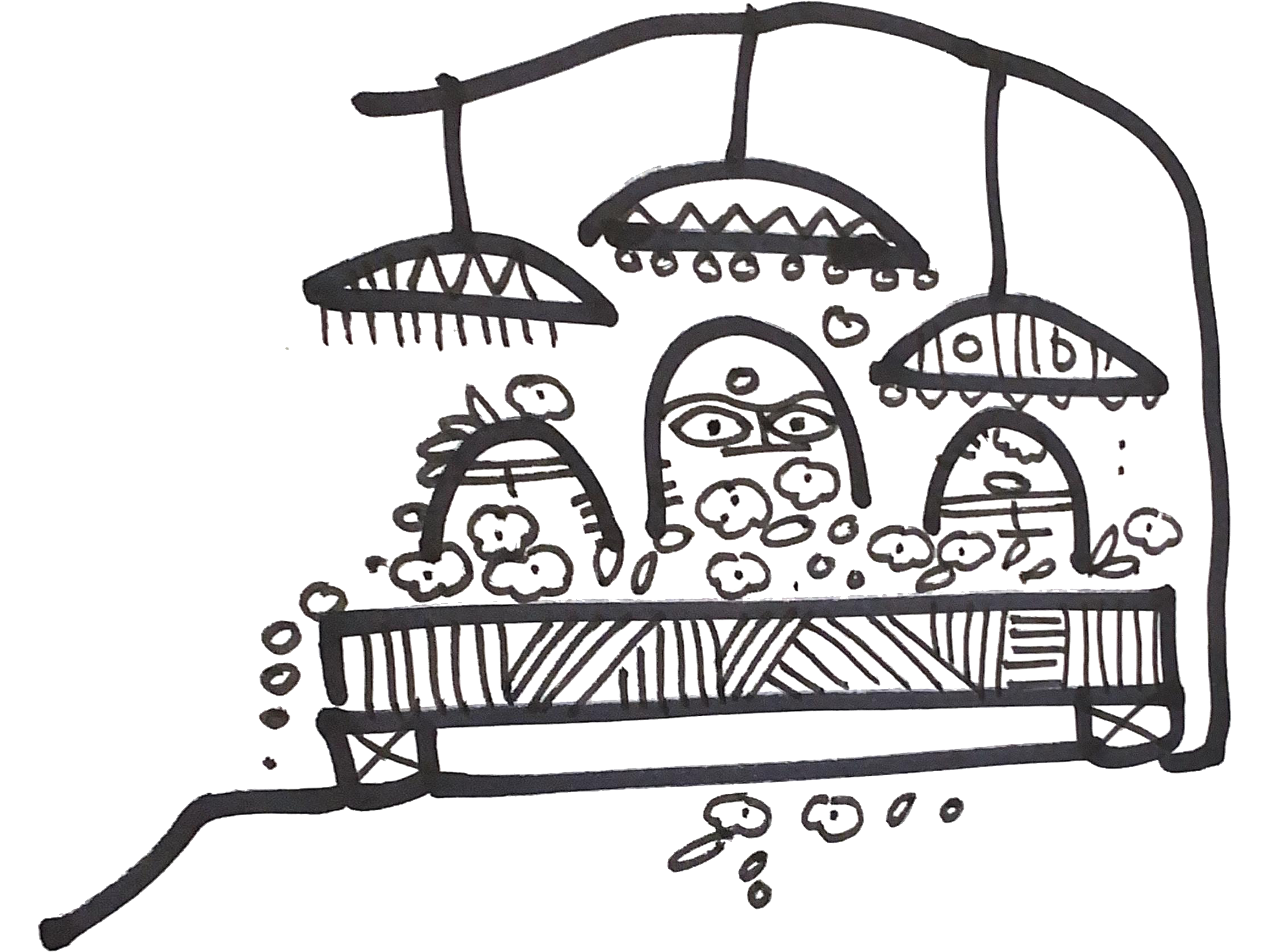Published on 1st November, 2015, in Mid-day.
In many parts of Tamil Nadu, when a girl gets her periods, there are elaborate rituals, which culminate in a grand feast where the girl is bathed in turmeric, dressed as a bride and presented to the village and the larger community. Thus, very publicly, it is declared the girl has now matured and is ready to receive a husband.
In ancient times, this was the start of the swayam-vara ceremonies, after which eligible grooms presented themselves and the girl chose one. Later, she was simply given away by her father to a suitable groom – one who paid a handsome bride price, or proved his worth by winning some competition, like we find in the Ramayana and the Mahabharata.
Still later, the ceremony was meant to tell the husband, who had married the girl when she was but a child to come and take her to his house; this is what is called the Gauna ceremony in Bihar. Essentially it was a ceremony that marked the sexual life of a young woman.
In Europe and America, a similar ritual thrives, and it is called the ‘Debutante Ball’. Reserved only for young girls, this is a social ritual that began in aristocratic circles in which the father dances with his daughter, who is dressed in finery, in the presence of friends and family and community at large, and thus presents her to high society. Subtext: ‘My daughter is ready to receive men in every way allowed by regulatory authorities.’ In some American debutante balls popular among conservative communities, the father and daughter exchange rings by which the daughter promises to stay a virgin till the father gives her away to a man in marriage.
What is interesting is how we are now conditioned to view Tamil puberty rituals as backward, barbaric and religious, while the European Debutante Ball as sophisticated, cultured, aristocratic and secular. What does it say about the global village? It reveals how good the West is at packaging patriarchy.
The key word for some of these balls is the word ‘invitation’. Not everyone can go to the Paris Ball, for example. Entry is by- invitation only. And you are invited on the basis of how rich your father is, or if he is a Maharaja! Nothing democratic about it. So, then the ball becomes about status. And status is a prized commodity in the marketplace, sought by all debutantes and their daddies.
We would like to imagine patriarchy as a religious phenomenon. But it also thrives in ‘secular’ societies, in the richest and most developed nations, with a hunger for status. And status is often attached to the woman as in the most primitive barbaric societies. The little princesses are still badges of honour and shame. They are the husband’s trophy. Hence, the need to display her in all her finery in a well-designed market place complete with media. No public display for sons. No balls for the boys.
Informed by reproductive science, modern laws do not allow women to be sexually active immediately after puberty as in ancient times, and civil society may construct something like a ‘legal age’, sex before which is deemed rape, but the patriarchal mind finds ways around it. Marketing and brand gurus have ensured these old fertility displays are celebrated and made glamorous, even aspirational. No one finds it cringe worthy. Never underestimate the Manusmritis of the West.











